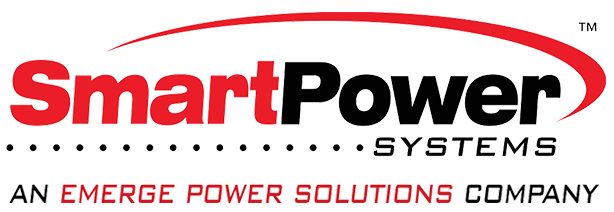An uninterruptible power supply (UPS), also referred to as a battery backup maintains a supply of electric power to connected equipment by supplying power from a battery source during a power outage. A UPS will switch from utility power to battery power almost instantly.
A UPS is normally used to protect computers, telecommunication equipment, or other electronic equipment where an unexpected power outage could cause business disruption or data loss.
Common Power Problems
There are various power problems that a UPS will correct depending on topology and functionality incorporated by the manufacturer. They are as follows:
1. Power outage
2. Voltage sag – short term under-voltage
3. Brownout – Low voltages for an extended period of time.
4. Overvoltage – Increased voltages for an extended period of time.
5. Voltage Surge – short term over-voltage or spike such as from a lightning event.
6. Line noise – distortions superimposed on the power waveform.
UPS Designs
Standby and line interactive are the two UPS designs commonly used to protect point of sales systems.
Standby
The standby UPS solves power outages and typically offers surge protection. This UPS design simply passes utility power until either a power failure, voltage sag or over voltage condition occurs. The standby UPS will switch to battery mode when these events occur until utility power returns to a normal level. This standby is the most cost effective and typically makes use of a square wave or modified square wave when operating in the battery mode. These units are typically found in units 600 VA and below and are designed for home use or a single computer/terminal in a business application. The disadvantage of a standby unit is that voltage sags, brownouts or over voltage conditions will cause a standby UPS to switch to battery mode, and may cause it to completely drain the battery and shut off even though line voltage is still present.
Line Interactive
Line interactive units incorporate an automatic voltage regulator (AVR). An AVR allows the UPS to boost or buck the incoming line voltage without switching to battery power. This allows the UPS to correct most long term over-voltages or more common under-voltages without draining the batteries. Another advantage is that it reduces the number of transfers to battery which extends the life of batteries. Line-interactive UPS units are the most common design for units in the 0.5 kVA to 5 kVA range and are available in square wave or pure sine wave outputs.
Lower cost UPS typically do not have a highly effective line filtering capability whether standby or line interactive. All Smart Power Systems UPS incorporate our transformer based filter technology which provides computer grade filtering to both the UPS and devices plugged into it.
Comprehensive power quality solutions will protect systems from a wider range of power problems. A line interactive UPS with line filtering addresses all six common power problems listed above and will insure these common power problems will not affect your installations.
